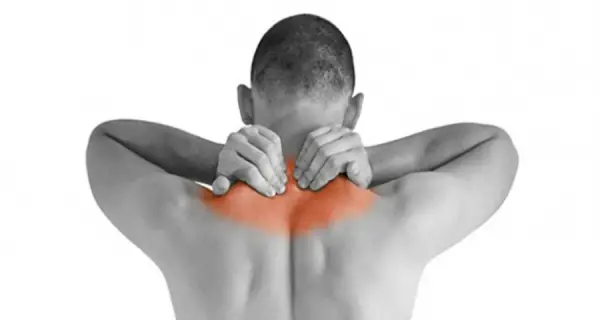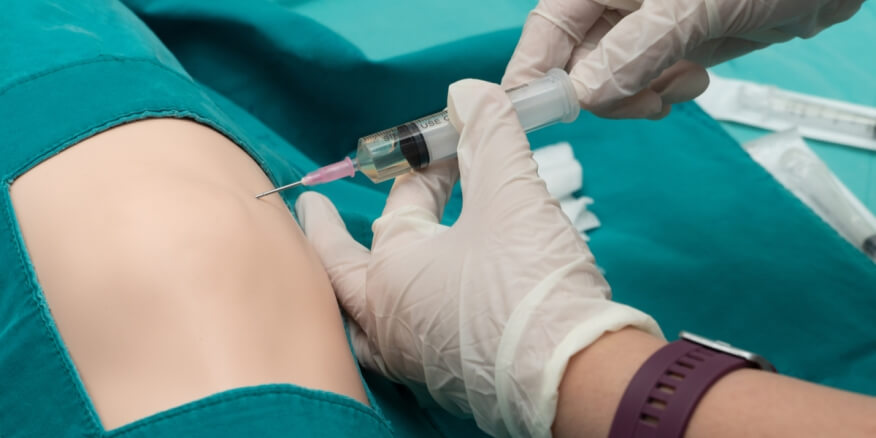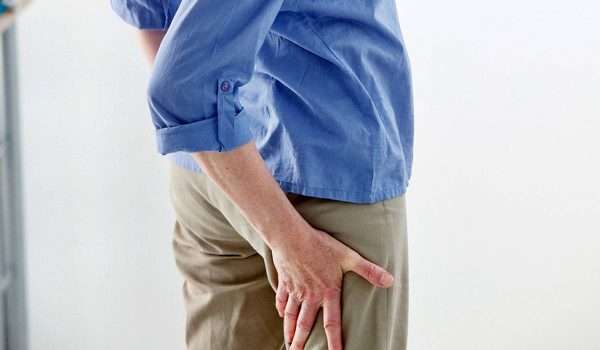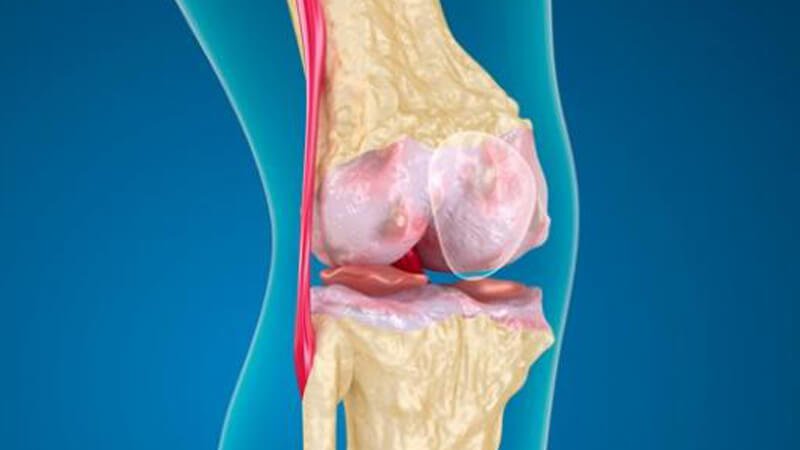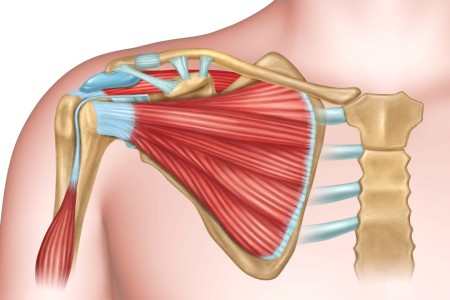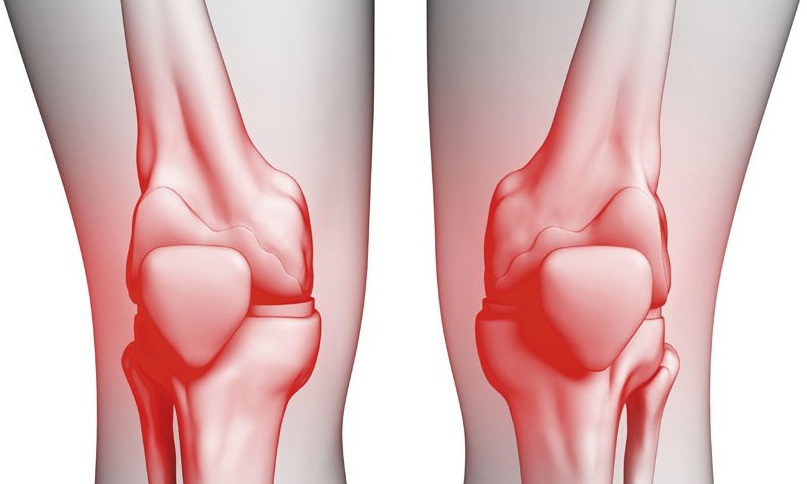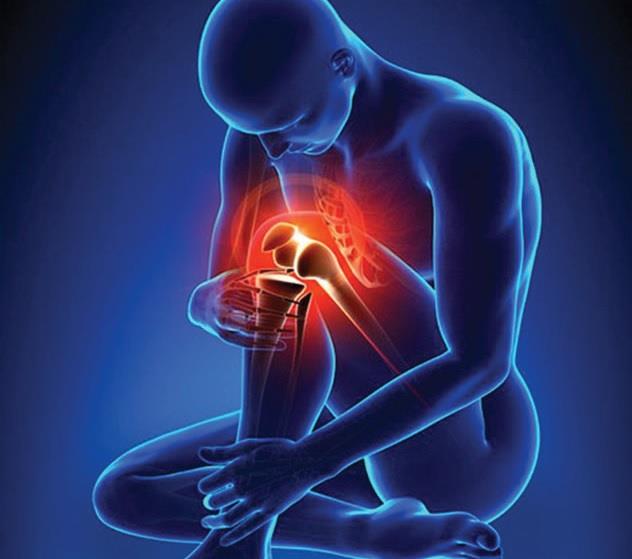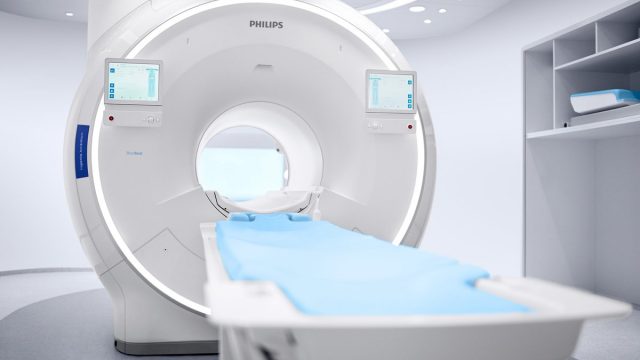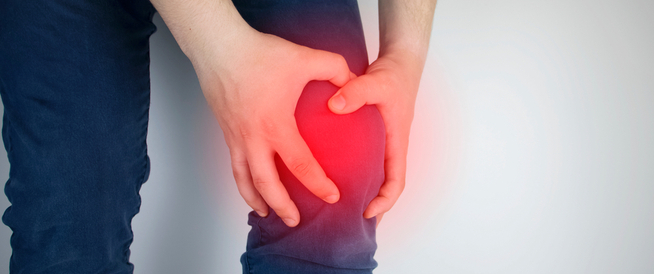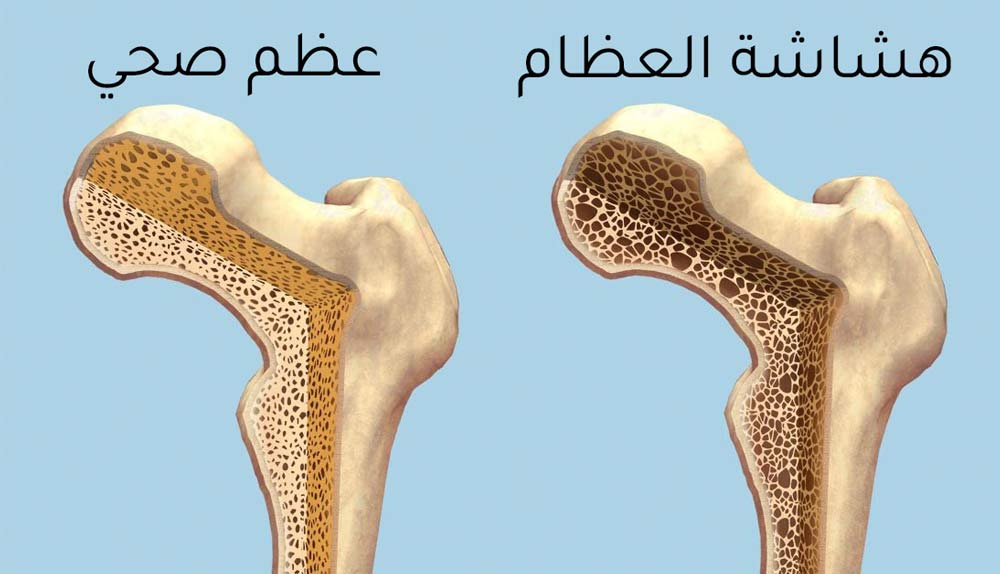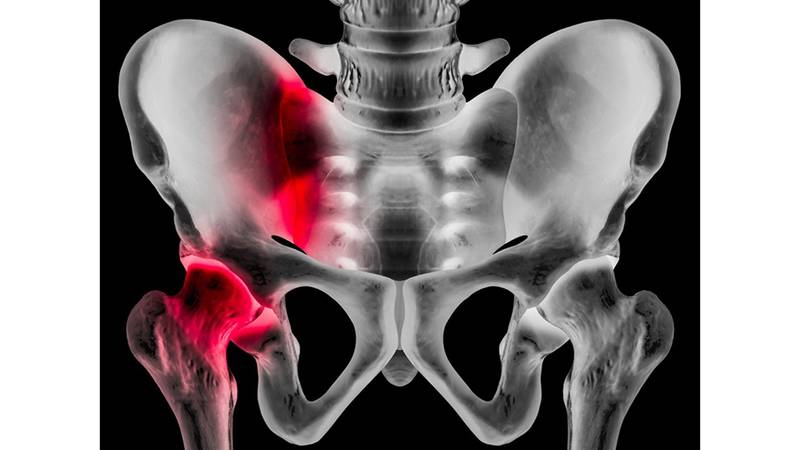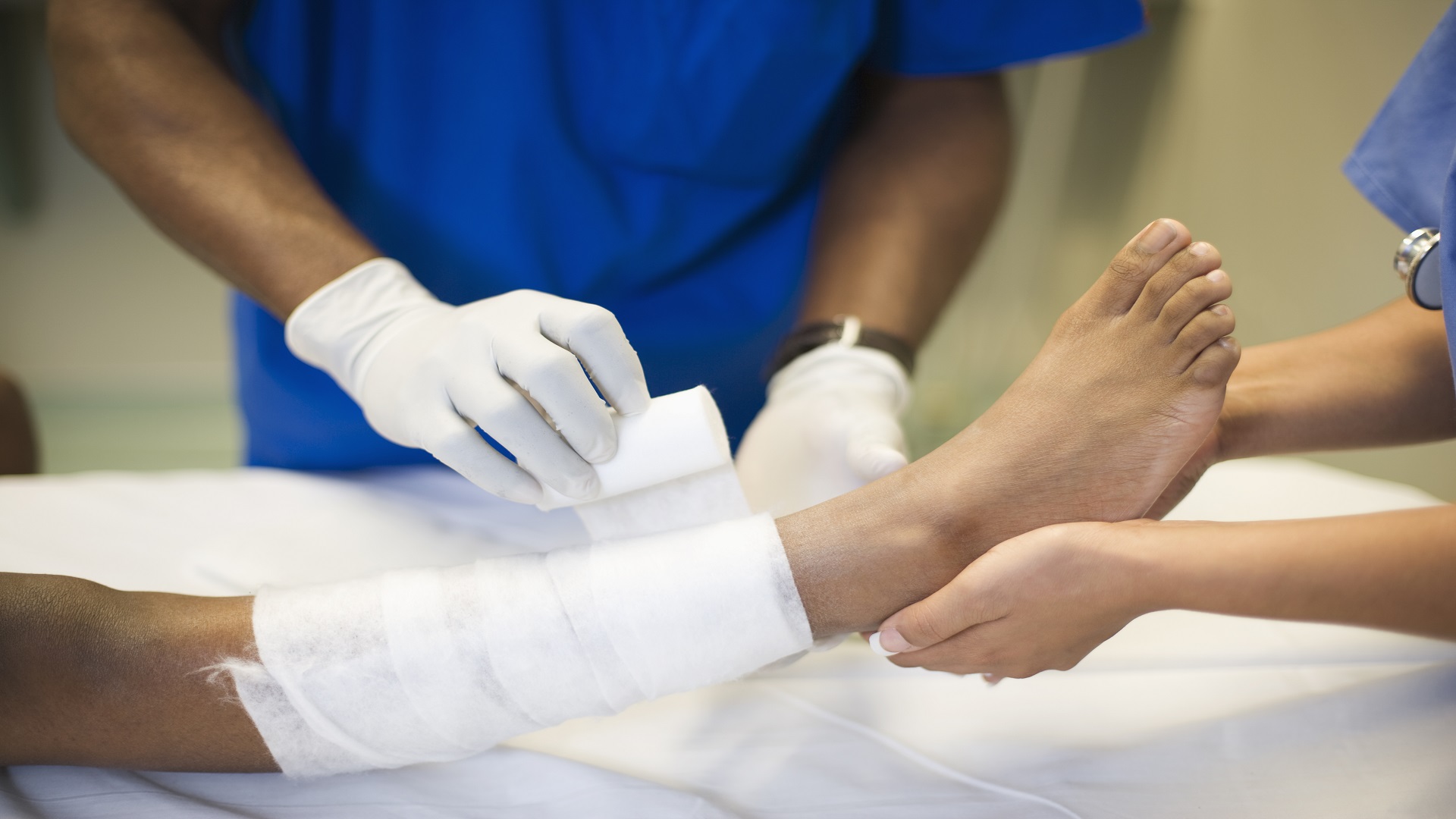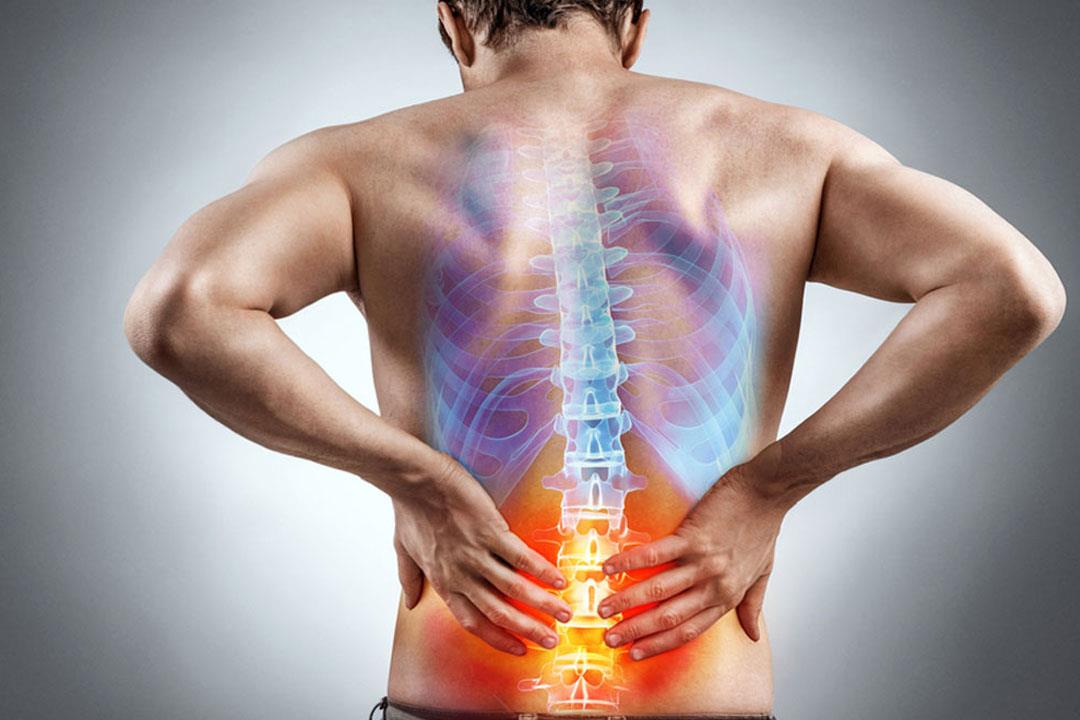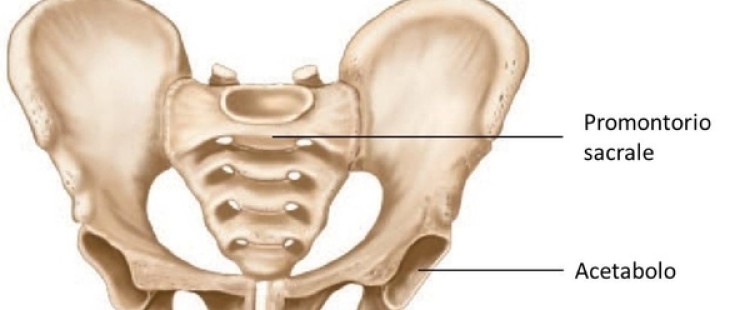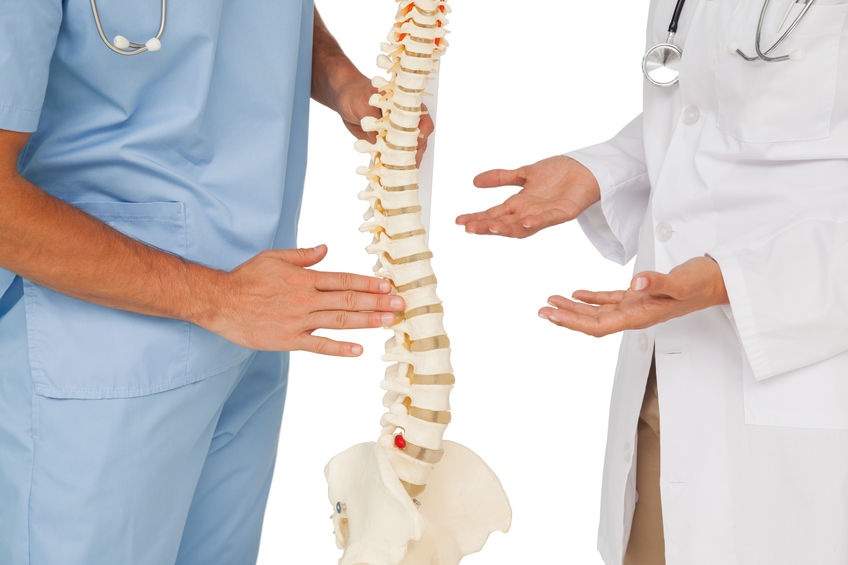What you do not know about Joint stiffness
Joint stiffness is a symptom of many diseases that affect a person and make him feel pain and swelling in the affected joint, and there are many reasons explained by doctors that cause stiffness or stiffness in the joints, and there is more than one treatment method, including medication and others, and we work in this article to fully clarify the details related to joint stiffness, its symptoms, and treatment.
Joint stiffness
Joint stiffness is originally a symptom, not a disease, which causes pain in the joints and difficulty in moving them, and the severity increases from less to greater according to the degree of wear that occurred in the joints, so it affects the joints and results in the inability to practice daily activities normally.
Joint stiffness occurs for many reasons, and you usually feel it in the morning because it causes you pain and affects your ability to move the affected joint or use it properly. Joint stiffness starts from just a mild pain in the joint that comes to the patient from time to time to an ache that may last with him for a while and increase in severity over time and lack of care to treat it.
There is a synovial membrane at the ends of the bones, that is, in the joint, which works to make the movement of the joints easier, balanced, and slide without friction between the bones, which makes the person use the joints normally without feeling pain, but in the case of joint stiffness, erosion or damage occurs in this membrane, which causes excessive friction The joint results in pain and difficulty in movement.
Types of joint stiffness
Joint stiffness is one of the common symptoms among the elderly because it mainly comes as a symptom of joint roughness and deformation or damage to the protective membrane between the ends of the bones, but it is also possible that joint stiffness affects different actions if the factors that lead to a defect occur in the synovial membrane.
There is more than one disease that results in the symptoms of joint stiffness. Stiffness may affect one joint in the body or more than one together, and we explain to you in the following some of types of joint stiffness, namely:
- Joint stiffness due to septic arthritis.
- There is another type that accompanies gout and affects especially the joints of the foot.
- The patient may develop joint stiffness due to a broken bone.
- One type of joint stiffness is caused by muscle sprains.
It is important to refer to an orthopedist in cases of increased pain in the joints and persistent pain when performing daily activities because starting treatment of stiff joints early helps in faster recovery.
What are the symptoms of joint stiffness?
Signs of joint stiffness appear according to the pathological condition or the stage that the person has reached from infections or diseases that affect the joints, and the symptoms of stiffness in the joints are as follows:
- The feeling of pain in the joints when moving them may come from time to time or pass for a certain period.
- Swelling and redness around the affected joint.
- A creaking or crackling sound in the joint, especially when waking up.
- The appearance of some protrusions as a result of a deformity in the joint.
- Months with significant fatigue when using the affected joint normally.
- The presence of stiffness or stiffness in the joint and difficulty in moving it early in the morning.
Stiffness can occur in one of the joints of the body, or some joints at the same time. Here are the joints most affected by stiffness or stiffness in the patient:
- The joints of the fingers in the hand or foot.
- wrist or elbow joints.
- knee or ankle joints.
- The joints of the pelvic or shoulder area, and sometimes the jaws.
How to diagnose joint stiffness
There is more than one way through which the doctor can diagnose the symptom of joint stiffness and the disease that causes it so that the treatment provided to the patient is appropriate and bears fruit in the fastest time, and the methods used in diagnosing stiffness or stiffness of the joints are:
- Examination: The specialist doctor detects the symptoms of swelling or redness in the joint and the pain associated with these signs, and then performs some medical examinations and analyzes to identify the presence of other injuries that occurred to the joint.
- Using x-rays: To detect inflammation in the joints, the attending physician uses x-rays to detect the extent and cause of joint damage.
- Using imaging tests: The patient can perform a CT scan and an MRI on the affected joint to reach more details about the condition of this part.
Causes of joint stiffness
There is more than one factor or cause of joint stiffness, in which pain occurs that may come from time to time or continue with you for a period and then stop, but in some cases, it is difficult for the patient to move normally or carry out the usual activities unless the pain accompanies him and he feels bone friction accompanied by a shiver.
Here are the reasons that lead to joint stiffness:
- Old age: Large dental work is more prone to roughness or stiffness of the joints because aging causes weakness in the protective cartilage between the ends of the bones.
- Obesity: A person’s weight gain is one of the causes of stiffness because it in turn affects the joints as a result of excessive pressure on them in the practice of normal activities.
- Patient’s gender: Most women suffer from stiffness in the joints more often than men, as a result of an imbalance in the amounts of certain types of important elements in the body, such as calcium, to pass through the stages of pregnancy and lactation.
- A person’s genetic history: Genetic factors can be one of the causes of joint stiffness as a result of a person carrying genes for diseases associated with roughness and stiffness in the joints.
- Severe stress: There is some strong or violent activity or bone displacement that in turn affects the protective cartilage in the joint and leads to stiffness.
- Some infections: It is possible that certain types of infections, including rheumatoid inflammation, gout, or cystic inflammation, may lead to joint stiffness.
- Certain types of diseases: Infection may cause a disease that causes stiff joints, including measles, lupus erythematosus, influenza infection, or mumps.
- Taking medications: Joint stiffness or roughness can be a side effect of taking certain types of drugs.
Infection with some causes Stiff joints when waking up
Causes of joint stiffness when waking up
Stiff joints can accompany the patient with rheumatic infections (PMR), especially when waking up, which in turn affects the person’s movement as a result of pain and difficulty in using the joints normally, and it is possible that the rheumatoid patient, in particular, faces an obstacle in flexing the hand or pain in the vertebrae of the spine in the morning period.
Rheumatoid inflammation was not alone responsible for joint stiffness, a number of physiotherapists and rheumatologists confirmed that different types of diseases lead to stiffness in the joints when waking up:
- psoriatic inflammation
- The red wolf.
- typhoid disease
- Oncology.
- microbial infection.
- Virus C disease.
What is the treatment of joint stiffness?
Stiffness that occurs in the joints is one of the symptoms that appear as a result of different types of diseases, especially infections that usually affect the joint, and there is more than one method of treatment, including medication, physical therapy, or the use of alternative medicine, and in the advanced stages, it is possible to resort to surgical operations.
Physical therapy for stiff joints
- A person suffering from arthritis can do ice or cold water compresses more than once a day (from 10 to 15 minutes), which helps relieve swelling and fluids collected around the joint.
- Maintaining a healthy balanced diet that helps you get rid of obesity and provides the body with the necessary nutrients that enhance the body’s resistance to disease.
- Using certain types of sports, such as swimming or running, which reduce stiffness and support softening of the cartilage, preferably under the supervision of a physiotherapist.
- Other natural treatments can be used through devices that activate the nerve or heat treatments that reduce pain and reduce swelling in the affected part.
Pharmaceutical treatments for joint stiffness
- Types of pain relievers or topical creams can be used in the first cases of joint stiffness that come from time to time.
- Non-steroidal anti-inflammatory drugs (NSAIDs), including ibuprofen, can be used after consulting a doctor.
- Resorting to injections, whether with hyaluronic acid or cortisone, which makes joint pain and stiffness less and works to reduce swelling.
Alternative medicine treatment of stiff joints
- Ginger drink with honey can be taken to reduce joint stiffness.
- Using soaked mustard relieves pain in the joints of the foot.
- Introducing certain types of foods in the diet, including eggs, onions, and garlic.
Treating stiff joints with herbs
- Using Indian incense, which is available in the market in the form of topical tablets or creams, is common in the treatment of immune diseases that result in inflammation and stiffness in the joints.
- Aloe vera is one of the herbs that is used to relieve pain and arthritis.
- Cat’s claw is one of the plants that patients use to reduce swelling and treat joint pain.
- Ginger has anti-inflammatory elements that mainly reduce swelling caused by fluid gathering around the joint.
Treatment of joint stiffness after gypsum
In cases where gypsum is used to treat a broken bone, you may develop stiffness in the joints, which causes difficulty in moving and leading a normal life, so sometimes it is possible to use some treatments in this type of stiffness which are:
- Exercise is usually started because it helps soften the joints and strengthens the supporting muscles, which reduces stiffness in the joints.
- Use hot compresses to relieve joint pain and stiffness and help in the normal flow of blood in this part.
- Following a balanced diet and losing weight in the post-gypsum stage makes the body more able to resist disease and helps with exercise in relieving pressure on the joints.
There are different pictures and many ways in which stiff joints can be treated, which differ according to the pathological stage that the person has reached. In some advanced stages, some surgical procedures are used that help relieves the pain associated with joint stiffness.
Joint stiffness exercises
Some exercises can help in a certain way in enhancing the ability of the joints to move better and help in strengthening the muscles that support the joint. In the following, we offer you more than one type of activity that you can do if you suffer from joint stiffness and stiffness, which are:
- Movement exercises: This type of exercise can be performed by the person in his usual range of motion, such as raising the arms above the head or moving the shoulder from front to back and vice versa.
- Strengthening exercises: This type of exercise strengthens the muscles that support the joints, making the pressure on the injured part gradually decrease.
- Aerobic exercises: These exercises help promote better blood flow in the body and maintain heart health and thus making the body more able to resist diseases, such as swimming or brisk walking and cycling as well.
- Yoga: Regular practice of yoga can help treat joint stiffness and reduce the feeling of pain associated with it.

